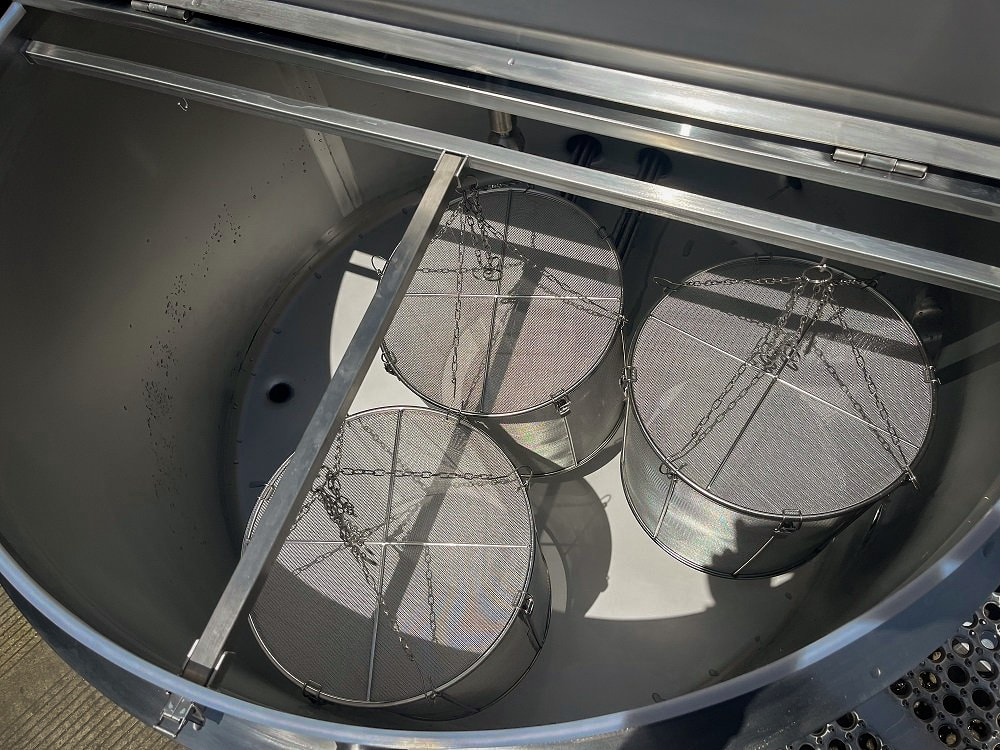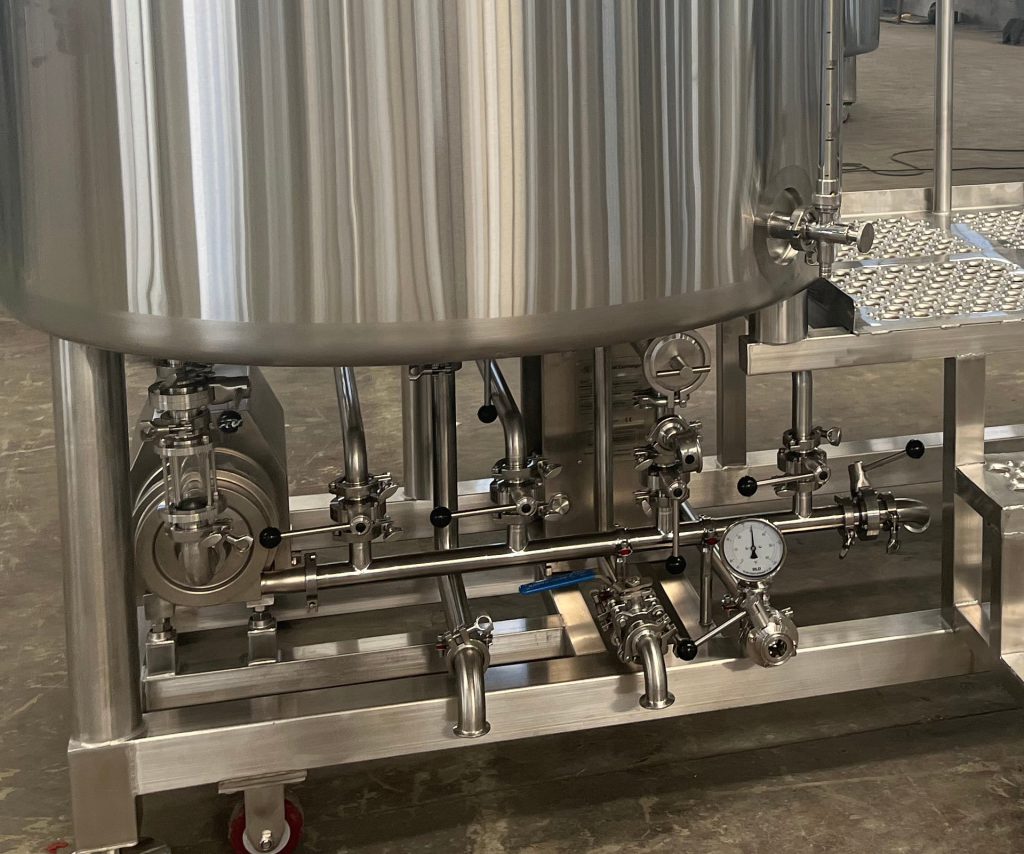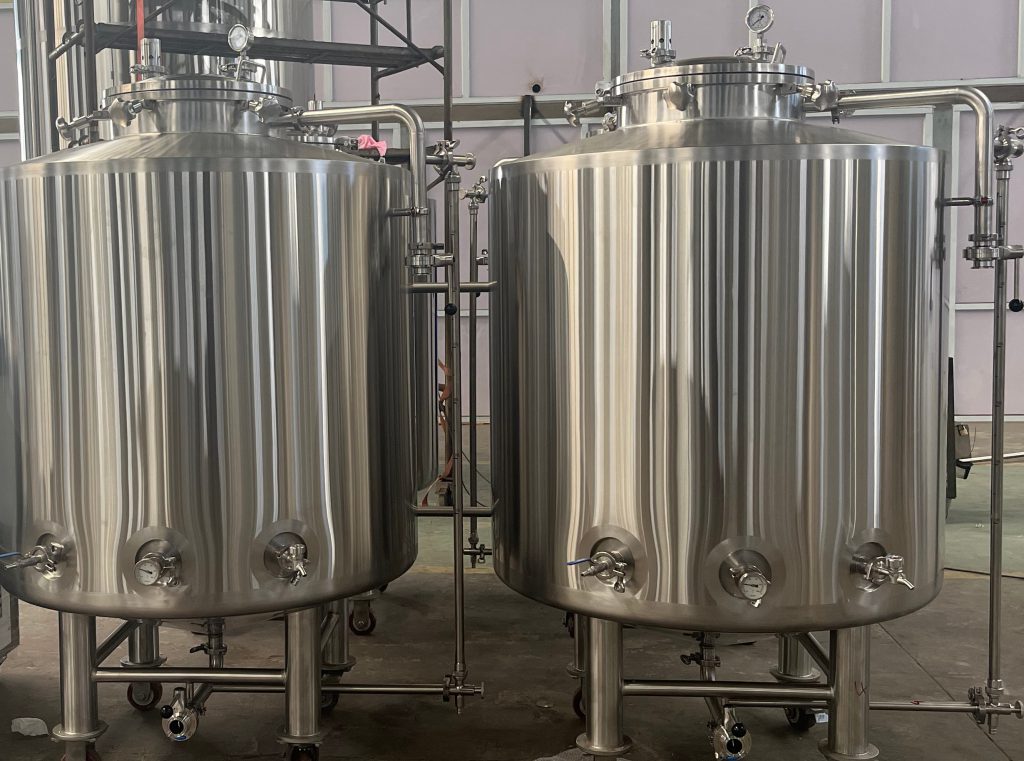Introduction

Kombucha, a fermented tea beverage, has gained immense popularity in recent years due to its purported health benefits and unique tangy flavor. If you’re eager to embark on your own kombucha brewing journey, understanding the essential kombucha brewing supplies is crucial. This comprehensive guide will walk you through the necessary equipment and ingredients to ensure a successful and enjoyable brewing experience. We’ll delve into each component, explaining its purpose and how to choose the best options for your needs.
Primary Kombucha Brewing Supplies: The Foundation
To begin your kombucha brewing adventure, you’ll need a few fundamental supplies. These items form the backbone of your brewing process and are essential for creating a healthy and delicious brew.
Brewing Vessel: Choosing the Right Container
The brewing vessel is where the magic happens. A large, wide-mouth glass jar is ideal. Glass is non-reactive, easy to clean, and allows you to monitor the fermentation process. Avoid metal containers, as they can react with the acidic kombucha. A gallon-sized jar is a good starting point, providing ample space for your brew.
SCOBY and Starter Tea: The Heart of Kombucha
SCOBY, or Symbiotic Culture of Bacteria and Yeast, is the living culture that ferments the sweet tea into kombucha. It’s essential to obtain a healthy SCOBY from a reputable source. Starter tea, a mature kombucha liquid, is also crucial for initiating the fermentation process. It lowers the pH of the brew, preventing unwanted mold growth.
Sweet Tea: The Nourishment for Your Culture
Sweet tea provides the necessary nutrients for the SCOBY to thrive. Use high-quality loose-leaf tea or tea bags, avoiding flavored or herbal teas during the initial fermentation. Organic black or green tea is recommended. Cane sugar is the preferred sweetener, as it’s readily consumed by the culture.
Secondary Kombucha Brewing Supplies: Enhancing Your Brew
Once you have the primary supplies, you can enhance your brewing process with these secondary items. They’ll make your kombucha brewing experience more efficient and enjoyable.
Breathable Cover: Protecting Your Brew
A breathable cover, such as a tightly woven cloth or coffee filter, is essential for protecting your kombucha from fruit flies and other contaminants. Secure the cover with a rubber band to ensure a tight seal while allowing for proper airflow.
pH Strips: Monitoring Acidity Levels
pH strips are valuable tools for monitoring the acidity of your kombucha. Maintaining the correct pH level is crucial for preventing mold growth and ensuring a balanced flavor. Aim for a pH between 2.5 and 3.5.
Bottling Supplies: Preparing for Second Fermentation
For a fizzy and flavorful kombucha, you’ll need bottling supplies for the second fermentation. Swing-top glass bottles are ideal, as they can withstand the pressure of carbonation. A funnel and bottle brush will also come in handy.
Essential Kombucha Brewing Supplies Checklist
| Supply | Purpose | Notes |
|---|---|---|
| Glass Brewing Vessel | Primary fermentation container | Avoid metal; gallon size recommended |
| SCOBY | Fermentation culture | Obtain from a reputable source |
| Starter Tea | Initiates fermentation; lowers pH | Mature kombucha liquid |
| Tea (Black or Green) | Nutrient source for SCOBY | Organic, loose-leaf or tea bags |
| Cane Sugar | Sweetener for fermentation | Avoid artificial sweeteners |
| Breathable Cover | Protects from contaminants | Tightly woven cloth or coffee filter |
| pH Strips | Monitors acidity levels | Ensures proper pH range (2.5-3.5) |
| Glass Bottles (Swing-top) | Second fermentation and storage | Withstands carbonation pressure |
| Funnel | Aids in bottling process | Reduces spills |
| Bottle Brush | Cleans bottles thoroughly | Maintains hygiene |
Advanced Kombucha Brewing Supplies: Taking It Further
For those looking to elevate their kombucha brewing game, these advanced supplies can help you achieve more consistent and flavorful results.
Heating Mat: Maintaining Consistent Temperature
Kombucha ferments best at a temperature between 70°F and 78°F (21°C and 26°C). A heating mat can help maintain a consistent temperature, especially in colder climates.
Temperature Strips: Precise Temperature Monitoring
Temperature strips allow you to monitor the temperature of your kombucha more accurately than relying on ambient room temperature. They adhere to the side of your brewing vessel and provide a clear temperature reading.
Flavoring Ingredients: Experimenting with Flavors
Once you’ve mastered the basic kombucha recipe, you can experiment with flavoring ingredients during the second fermentation. Fruits, herbs, and spices can add unique and delicious flavors to your brew.
Kombucha Brewing Supplies: Sanitation and Safety
Maintaining proper sanitation and safety practices is crucial for successful kombucha brewing.
Cleaning and Sanitizing: Preventing Contamination
Thoroughly clean and sanitize all kombucha brewing supplies before and after each use. Use a food-grade sanitizer or white vinegar to eliminate any unwanted bacteria or mold.
Safe Handling of SCOBY: Protecting the Culture
Handle the SCOBY with clean hands and avoid using metal utensils. Store the SCOBY in a small amount of starter tea in a sealed container in the refrigerator when not in use.
Troubleshooting Common Kombucha Brewing Issues

Even with the best kombucha brewing supplies, you may encounter some common issues. Here are a few tips for troubleshooting:
- Mold growth: Ensure proper sanitation and maintain a pH below 4.0.
- Weak or slow fermentation: Check the temperature and ensure the SCOBY is healthy.
- Overly vinegary taste: Shorten the fermentation time.
- Lack of carbonation: Ensure a tight seal during the second fermentation.
Conclusion
With the right kombucha brewing supplies and a little patience, you can create delicious and healthy kombucha at home. By understanding the purpose of each component and following proper brewing practices, you’ll be well on your way to enjoying the tangy and refreshing taste of homemade kombucha.
FAQ
Q: Can I use tap water for kombucha brewing?
A: It’s best to use filtered or spring water, as tap water may contain chlorine or other chemicals that can harm the SCOBY.
Q: How long does it take to brew kombucha?
A: The first fermentation typically takes 7-30 days, while the second fermentation takes 1-3 days.
Q: Can I use honey instead of sugar?
A: It is not recommended to use honey, as it can be harmfull to the scoby.
Q: Can I use any type of tea?
A: It is best to use pure black or green tea. Avoid herbal teas or teas with oils during the first fermentation.

